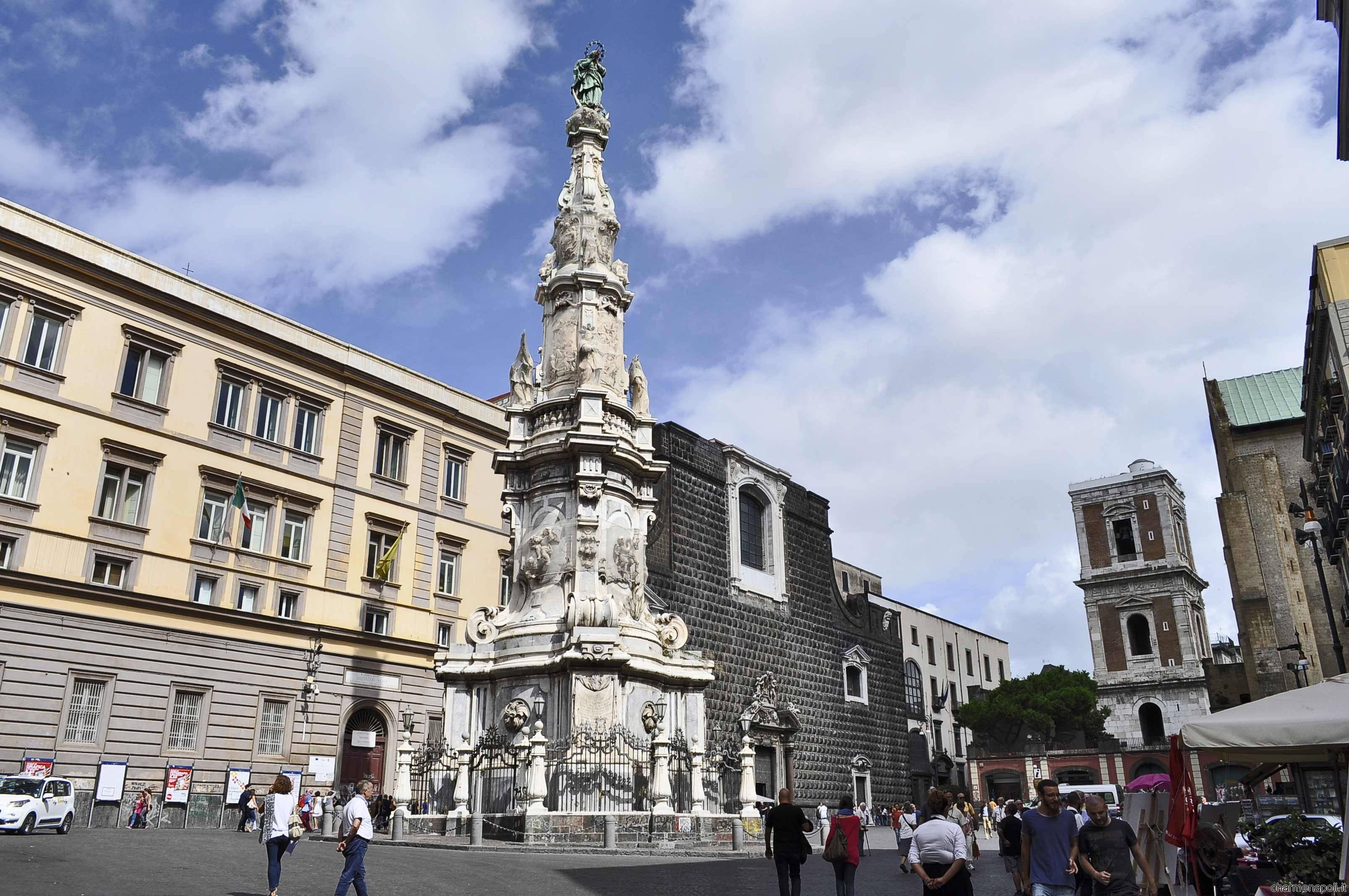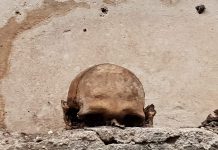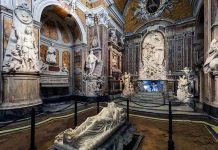According to the legend Virgil’s tomb is in Posillipo, into the park bearing his name. The poet from Mantua during the Middle Ages was venerated as Wizard and protector of Partenope, a predecessor of San Gennaro. Another legend tells that Virgil freed 12 devils trapped into a bottle, and they taught him the secrets of magical art. Virgil began to teach them to his initiates into a secret school of magic on Gaiola island. This small island is said to be cursed because all of its inhabitants have died or disappeared mysteriously.
In the historical centre, Forcella hosteda Pitagorical school. Passing by Spaccanapoli, there is the statue of the Nile, reminding us the presence of Egyptian culture and rituals during Roman times. Not far from San Domenico Maggiore square, there is one of the most famous monuments of the city: Cappella Sansevero. The prince of Sansevero was a noble with a passion for alchemy and esoterism. Inside the building is hidden a complex esoteric symbology. The statue by Sammartino, the Cristo Velato del Sammartino at the centre of the room, is said to have been made thanks to an alchemical procedure, able to turn fabric into marble. The chapel is a perfect mix of art, science, and superstition, there are also two anatomical machines which reproduce the bodies of a man and a woman, made by prince di Sangro and his assistant Giuseppe Salerno. According to the legend, these people died by chance and the prince injected them a substance able to turn their veins, organs, and arteries into stone.
The floor of the chapel is designed as a labyrinth made up by crosses, a motif that should symbolize the difficulties that the initiate has to pass before arriving at the real knowledge. Not far, the baroque church of Gesù Nuovo shows a mysterious façade made with pyramidal block of trachytic rock. Every block bears the signature of the stonemason, thus testifying the presence, into the Naples of the 15th century, of corporations preceding the modern Masonry. Art historian Vincenzo de Pasquale saw, instead, a musical composition written by the mean of seven Aramaic letters.
In the middle of Piazza del Gesù, there is Immacolata obelisk. The aiguille was built during the 17th century thanks to padre Francesco Pepe. According to a legend, with the rightr light is possible to see some blasphemous figures qand even the image of the death with the reaping-hook in the hands: reality or imagination?

 Italiano
Italiano














